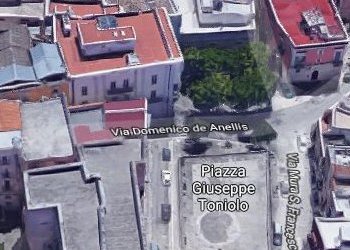CATHEDRAL
The cathedral of Andria is dedicated to Santa Maria Assunta and to San Riccardo, patron of the city.
Over time it has undergone cycles of reconstruction, which have partially modified its primitive plan inspired by the Apulian-Romanesque architecture models.
Built over a smaller preexisting church of Byzantine date, which today forms its crypt, the cathedral was erected in the 11th century at the behest of the Norman counts, lords of Andria. In the 12th century it welcomed the burial of countess Emma, wife of count Richard II of Altavilla. According to tradition, in the crypt are instead the graves of two of Frederick II's wives, Jolanda of Brienne and Isabel of England.
The cathedral was partially destroyed in 1350 by the mercenaries of Louis of Hungary. In the 15th century the presbitery as well as the choir were rebuilt and a large triumphal pointed arch was made (by Alessandro Guadagno) to connect it to the transept. After the discovery of San Riccardo's bones, Francesco II del Balzo had a chapel built in 1438 dedicated to the Saint. Other chapels, today walled, were built along the aisles in the following decades.
The cathedral underwent other changes in the Baroque age but the most remarkable change was carried out by architect Federico Santacroce, who in 1844 planned the reconstruction of the facade in the Neoclassical style, with the erection of an elevated three-arched porch featuring two side portals, which today is surmounted by a central rose window and lateral sigle-lancet windows due to a stylistical reconstruction of the 1960s.
The bell tower, made between the 12th and 14th century, flanked on the left by the facade, is characterised by four single-lancet pointed arched windows attributable to the older building (12th century), and by four bilobated double-lancet windows made in a later phase.
Inside, the cathedral still shows its primitive Romanesque basilica plan with three naves, which graft onto the transept. The transept features an equisite wood suspended ceiling that survived the 20th–century restoration works which eliminated the Baroque furnishings.



